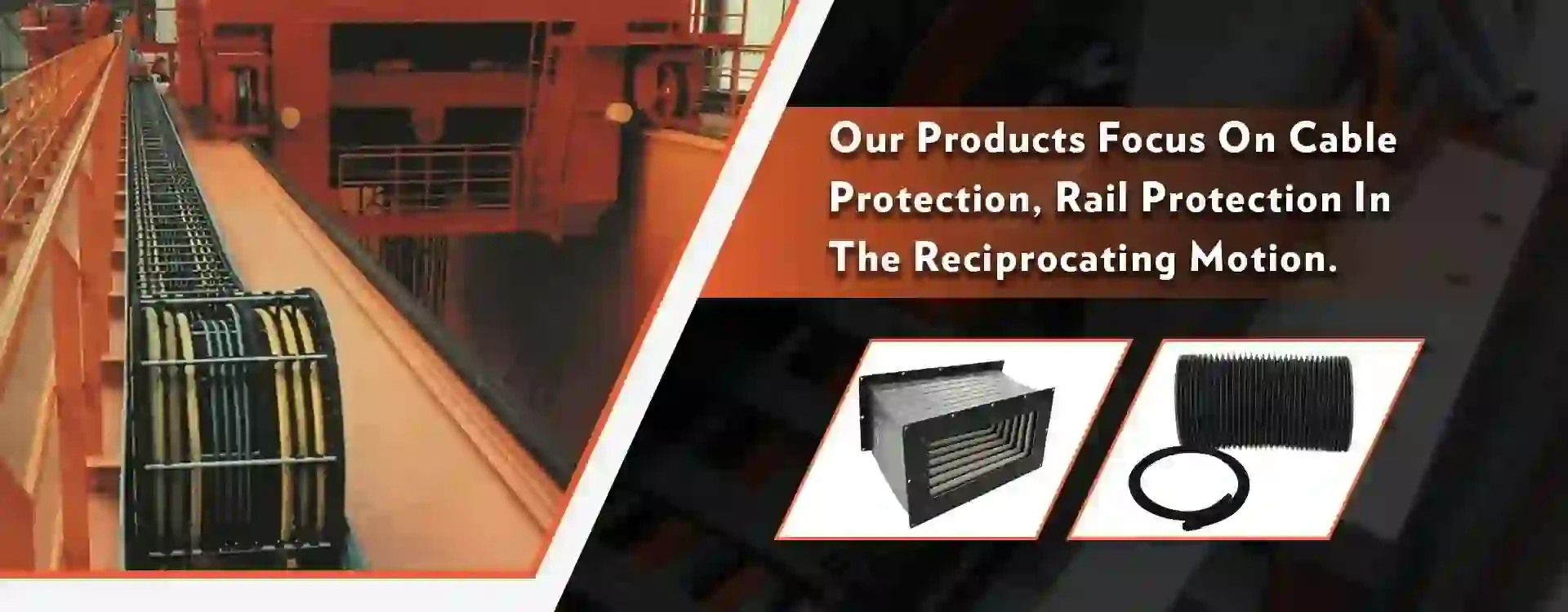electrical cable carrier
Understanding Electrical Cable Carriers An Essential Component in Modern Industry
In today's fast-paced industrial landscape, the need for efficient and safe management of electrical cables cannot be overstated. Electrical cable carriers, often referred to as cable tracks or drag chains, play a crucial role in this aspect. They are integral for organizing, protecting, and facilitating the movement of electrical and data cables in various applications including manufacturing, automation, and construction.
The Purpose of Cable Carriers
Electrical cable carriers are designed to prevent cables from becoming tangled, damaged, or excessively worn due to repetitive motion. In environments where machinery moves frequently—like CNC machines, robotic arms, and conveyor systems—cables are subject to constant bending and flexing. This repetitive motion can lead to premature wear and tear, potentially causing equipment failure and costly downtime. Cable carriers mitigate these risks by guiding the cables through a controlled pathway.
Design and Functionality
Cable carriers come in various shapes and sizes, tailored to specific applications and environments. Most commonly, they are constructed from durable materials like plastic or metal, providing both flexibility and strength. The design typically features a series of interconnected links that form a continuous loop, over which the cables and hoses can slide smoothly. This allows for free movement while keeping the cables neatly organized.
The functionality of cable carriers extends beyond mere cable protection. They help manage the radius of bends, ensuring that cables do not undergo extreme stress that could lead to damage. Additionally, many cable carriers are designed with ease of assembly and access in mind, allowing technicians to quickly install or replace cables without extensive downtime.
Types of Cable Carriers
There are several types of cable carriers available, each suited for different applications
1. Open Cable Carrier Typically used in environments where easy access to cables is needed, open carriers allow for simple insertion and removal of cables.
electrical cable carrier

2. Closed Cable Carrier These offer better protection against dust, dirt, and other contaminants. They are ideal for harsh environments where cables may be exposed to elements that could degrade performance.
3. Low-profile Cable Carrier Perfect for applications with limited space, these carriers are designed to be compact while still providing effective cable management.
4. Specialized Cable Carrier Custom-designed carriers can accommodate unique applications, including high-temperature environments or situations where extreme flexibility is required.
Applications Across Industries
The use of electrical cable carriers spans multiple industries. In manufacturing, they help maintain a tidy work environment by preventing cable clutter, enhancing both safety and efficiency. In the robotics sector, cable carriers facilitate smooth movement and power delivery to robotic systems, which aids in precision and accuracy.
In the entertainment industry, cable carriers are used in lighting and sound equipment to ensure that cables are managed effectively during performances. Similarly, in construction, they help to organize the multitude of cables required for heavy machinery and temporary setups, ensuring safety and operational efficiency.
Conclusion
As industries continue to evolve and expand, the importance of cable management systems, such as electrical cable carriers, will only grow. They provide a necessary solution for protecting and organizing cables, which can ultimately lead to improved operational efficiency, enhanced safety, and reduced maintenance costs. By investing in high-quality cable carriers, businesses can ensure their electrical systems operate smoothly and effectively, adapting to the demands of modern technology while minimizing the risk of downtime.
Understanding the significance of electrical cable carriers, their various types, and their applications can empower industry professionals in making informed decisions about cable management. In a world where efficiency and safety are paramount, cable carriers stand out as a vital component in the seamless functioning of electrical systems across diverse sectors.








